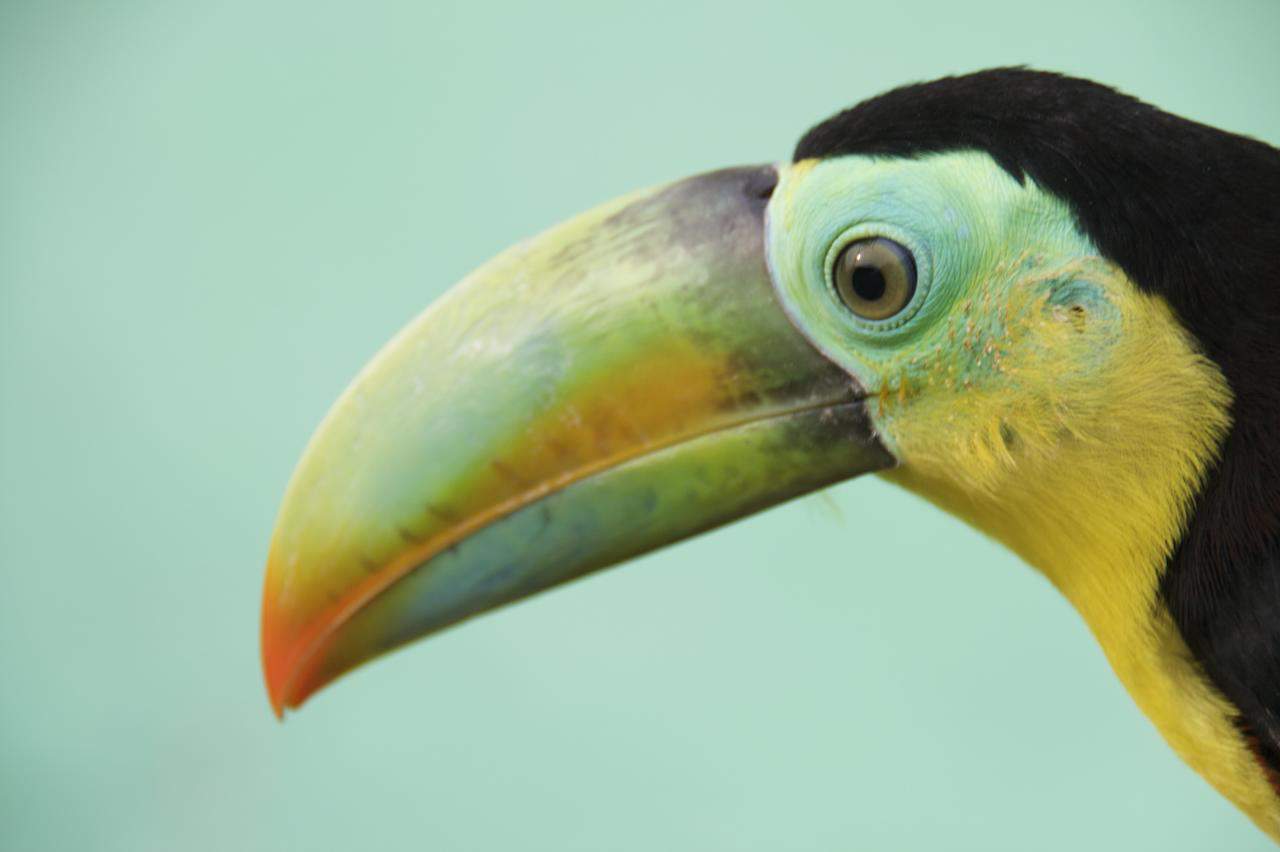 Janice StrongBy Janice Strong
Janice StrongBy Janice Strong
Sleeping volcanoes, gorgeous beaches and tropical forests home to a huge number of birds and animals – this is Panama – a birder’s paradise and adventure-seeker’s nirvana.
Panama is the link between North America and South America, boasting 760 kilometres of Caribbean coastline, 1,225 kilometres of Pacific coastline and a tropical climate with an average temperature of 27 degrees.
Highlights include Panama City, with its historic ruins and colonial buildings, and, of course, the Panama Canal itself, the most popular visitor attraction. And then there are the beaches, on both coasts. Just 80 kilometres from Panama City lie 64 kilometres of Pacific coastal beaches, while on the Caribbean side, the Costa Arriba is a renowned beach destination between Colon and Palenque. In the interior, the Azuero Peninsula is the keeper of the Hispanic era’s traditions, and a great place to take part in the carnival celebrations.
 https://www.flickr.com/photos/marcveraart/
https://www.flickr.com/photos/marcveraart/
We began our visit with a city and canal tour that started in Panama La Vieja, a World Heritage Site, and the original site of Panama City. After English pirate Henry Morgan torched the community in 1671, it was moved to a more fortified position. Today, all that remain are the ruins of several monasteries.
Next stop was Casco Viejo, or Old Quarter, site of the city’s colonial past. Historic stops include the Golden Altar, hidden from Captain Morgan during his raid and resurrected in the new city. Neglected since the early 20th century, Casco Viejo is in the midst of a rebirth, with restored colonial houses, sidewalk cafes and fine dining restaurants lining the streets.
Our afternoon was spent at the “Eighth Wonder of the Modern World”, the Panama Canal. Originally envisioned by Spain’s King Carlos V in 1524, it wasn’t until 1880 that the French first started work on the massive project. The U.S. took over in 1904 and the Canal opened in 1914. We spent time at the Visitors Center at the Miraflores Locks, watching massive container ships transitting the canal and viewed a short film on the Canal’s history.
Then is was off for two days of forest exploration. First up was a trip to Las Yayas Falls in Omar Torrijos Herrera National Park. Beginning at the trailhead, a series of railed steps cut into the hillside took us through the lush forest past ferns, moss, orchids and too many other plants to name, to view three waterfalls, the last with a pool for a refreshing swim. More than 300 bird species, including toucans, parrots and hummingbirds, have been sighted in the park. Janice StrongThe next day there was a visit to an Embera Indigenous Community. After a half-hour trip upriver aboard piraguas, motorized dugout river boats, we arrived at the village set in the forest. The village headman explained the history, culture and crafts of his people before the local ladies served up a lunch of fried tilapia and plantains on banana leaves. Our visit ended with folk dancing and a tour of the village.
Janice StrongThe next day there was a visit to an Embera Indigenous Community. After a half-hour trip upriver aboard piraguas, motorized dugout river boats, we arrived at the village set in the forest. The village headman explained the history, culture and crafts of his people before the local ladies served up a lunch of fried tilapia and plantains on banana leaves. Our visit ended with folk dancing and a tour of the village.
For more information on travel to panama, visit www.visitpanama.com.


